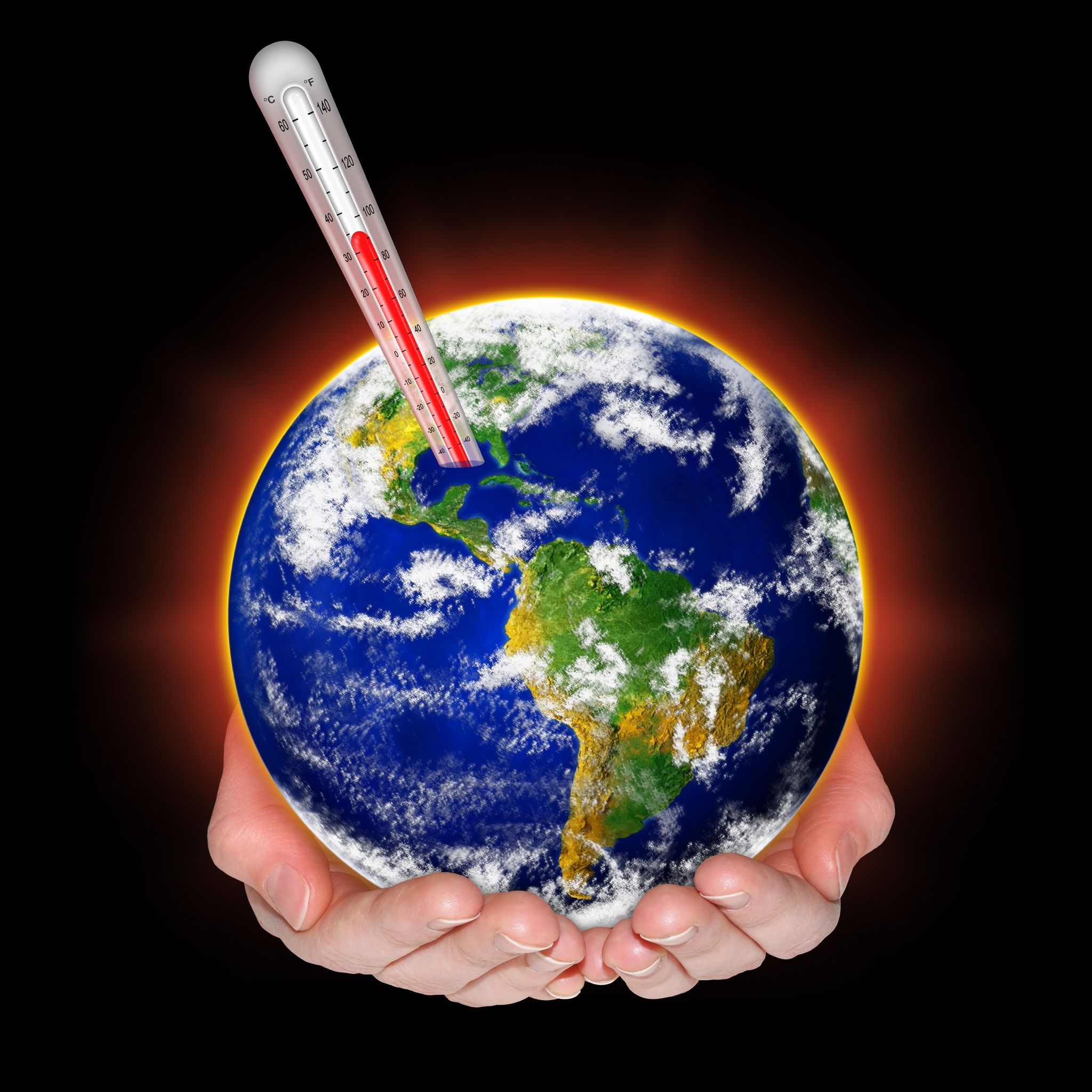According to the National Oceanic and Atmospheric Administration (NOAA), July 2020 was the hottest July weather in 174 years.

2023 Had The Warmest July Weather After Over 170 Years; Know More!|iStock
The average temperature was significantly higher than any previous July weather, surpassing previous records by more than a third of a degree.
In a joint briefing by NOAA and National Aeronautics and Space Administration, a scientist announced that although normally, July weather is the hottest of the year, but the last July weather happened to be way hottest in history since at least 1850.
According to NOAA and NASA, the global surface temperature in the July weather was 2.02 degrees above the 20th century average. This was the first time in history that the average temperature of July weather exceeded the long-term average by 1.8 degrees. Additionally, it was the warmest July weather ever recorded by NASA, surpassing previous records by 0.43 degrees.
Moreover, ocean temperatures reached a record high for the fourth consecutive month, while global sea ice coverage was the lowest ever recorded for July weather. Antarctica also experienced its lowest sea ice coverage for the third consecutive month. Lastly, this July weather marked the 47th consecutive year and the 533rd consecutive month with temperatures above the 20th century average.
The National Centers for Environmental Information has said that due to the ongoing El Niño phenomenon in the Pacific Ocean, the year 2023 will be one of the recorded warmest years.
Karin Gleason, chief of the monitoring section at NOAA’s National Centers for Environmental Information, noted that Asia, Africa, and South America all experienced their hottest July weather ever recorded, Los Angele Times says.
Los Angeles Times added that this hottest July weather is a significant occurrence, as having three major continents simultaneously record their warmest July weather emphasizes the seriousness of the situation.
Daniel Swain, a climate scientist at UCLA, also stated that the significant warming trend can be predominantly attributed to human-caused climate change.
Officials at the NOAA’s Climate Prediction Center have stated that there is a high chance (95%) of El Niño continuing throughout the winter. This suggests that the year 2024 might begin with even warmer temperatures.
READ MORE|Earth sees warmest July ‘by a long shot’ in 174 years. What it means for the rest of 2023.
























